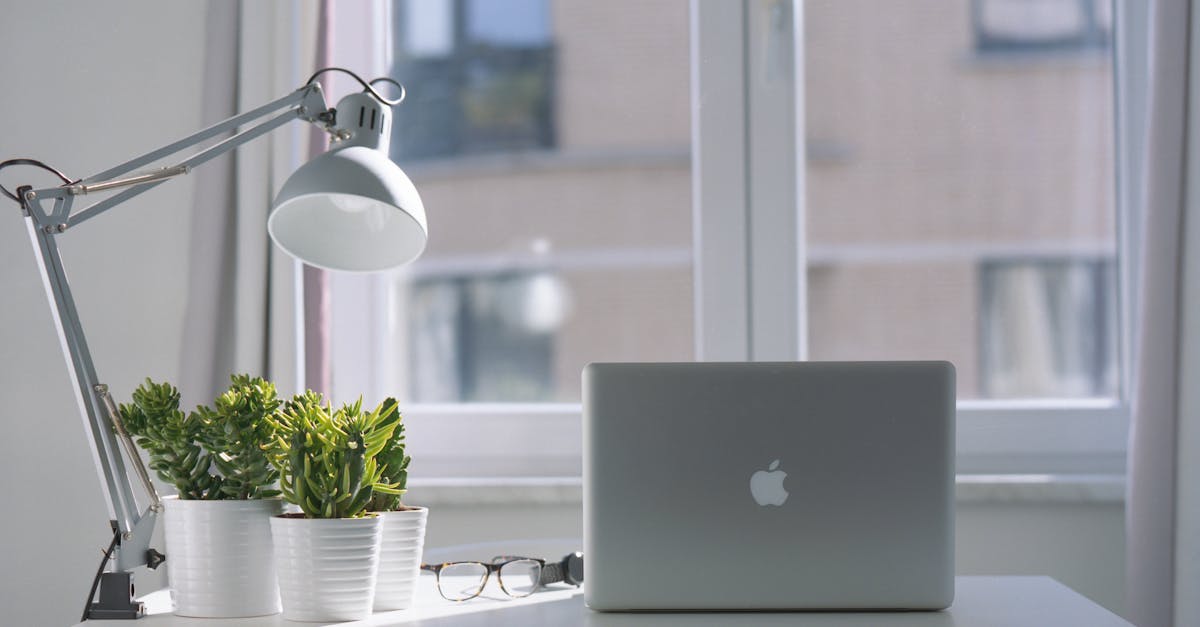If you’re looking to keep your hydroponics system running smoothly, you’ve come to the right place.
We understand the importance of maintaining a clean setup to ensure optimal plant growth.
In this guide, we’ll walk you through the important steps to effectively clean your hydroponics system.
From removing algae buildup to sanitizing equipment, we’ve got you covered.
Let’s immerse and learn how to maintain a pristine hydroponics environment for your thriving plants.
Key Takeaways
- Maintaining a clean hydroponics system is crucial for optimal plant growth: Regular cleaning helps prevent diseases, pest infestations, nutrient imbalances, and promotes healthier plants.
- Use the right materials for cleaning: Ensure you have soft bristle brush, vinegar or hydrogen peroxide, rubbing alcohol, clean cloths, and distilled water.
- Establish a regular cleaning schedule: Develop a routine that includes wiping down surfaces, adjusting nutrient levels, inspecting for contamination, and thoroughly cleaning components.
- Follow specific steps to clean the hydroponics system: Start by emptying the system, disassembling components, cleaning with water and vinegar, inspecting for debris, repairing or replacing damaged parts, and refilling with fresh solution.
- Maintain a clean system with regular inspections, pH level adjustments, proper ventilation, sterilized tools, and clean water usage: These practices will help keep your hydroponics system healthy and thriving.

Importance of Clean Hydroponics System
Keeping our hydroponics system clean is important for the health and growth of our plants. Cleanliness helps prevent disease and pest infestations, ensuring our plants thrive. A dirty system can lead to nutrient imbalances, stunted growth, and decreased yields. By maintaining a clean setup, we create an optimal environment for our plants to flourish.
Regularly cleaning our hydroponics system also prolongs the lifespan of our equipment, saving us money in the long run. It allows us to monitor plant health more effectively and catch any issues early on. Additionally, a clean system promotes better nutrient absorption, resulting in healthier and more robust plants.
To learn more about the importance of maintaining a clean hydroponics system, check out this resource from University of Florida.
Materials Needed for Cleaning
When it comes to cleaning our hydroponics system, having the right materials on hand makes the job much easier. Here’s what we need:
- Soft bristle brush
- Vinegar or hydrogen peroxide
- Rubbing alcohol
- Clean cloths
- Distilled water
To ensure we are using the proper cleaning products, it’s important to refer to the manufacturer’s guidelines for our specific system. Additionally, regular maintenance of our hydroponics setup can help prevent buildup and contamination. For more information on the importance of cleaning in hydroponics, check out this resource on hydroponic system maintenance.

Cleaning Schedule
When it comes to keeping our hydroponic system in top shape, establishing a regular cleaning routine is key. By maintaining a consistent Cleaning Schedule, we can prevent algae growth, nutrient imbalances, and clogs, ensuring our plants thrive in a healthy environment.
-
Weekly Tasks:
- Wipe down all surfaces with a gentle cleaning solution to remove debris and buildup.
- Check and adjust nutrient levels as needed.
- Inspect system for any signs of contamination or blockages.
- Flush the system with clean water to remove excess salts and minerals.
- Clean and disinfect all components thoroughly.
After all, a clean system is a happy system. For more detailed insights on hydroponic system maintenance, check out this resource on hydroponic system care.
Steps to Clean Hydroponics System
Let’s jump into the steps to keep our hydroponics system clean:
- Emptying the System: Start by draining the nutrient solution and removing any remaining plants.
- Disassembling Components: Take apart the system, including pumps, tubing, and grow trays.
- Cleaning with Water and Vinegar: Use a 1:1 solution of water and vinegar to clean all components thoroughly.
- Inspecting for Debris: Check for any clogs or debris that could impede system function.
- Replacing or Repairing: Address any damaged or worn-out parts before reassembling.
- Refilling with Fresh Solution: Once everything is clean and dry, refill the system with a fresh nutrient solution.
Follow these steps regularly to maintain a healthy hydroponics system. For more detailed instructions, check out this resource on hydroponic system maintenance.

Tips for Maintaining a Clean System
When it comes to hydroponic system maintenance, there are a few simple tips to keep in mind:
- Regular Inspections: Check your system for any dirt, debris, or algae buildup frequently.
- Adjust pH Levels: Monitor and adjust the pH of the nutrient solution to keep it within the optimal range.
- Proper Ventilation: Ensure proper airflow around the plants to prevent mold and mildew growth.
- Sterilize Tools: Clean and sterilize your tools after each use to prevent the spread of pathogens.
- Use Clean Water: Always use clean water when preparing your nutrient solution.
Taking these precautionary measures can help ensure that your hydroponic system remains clean and healthy. For more detailed information, refer to this guide on hydroponic system maintenance.
